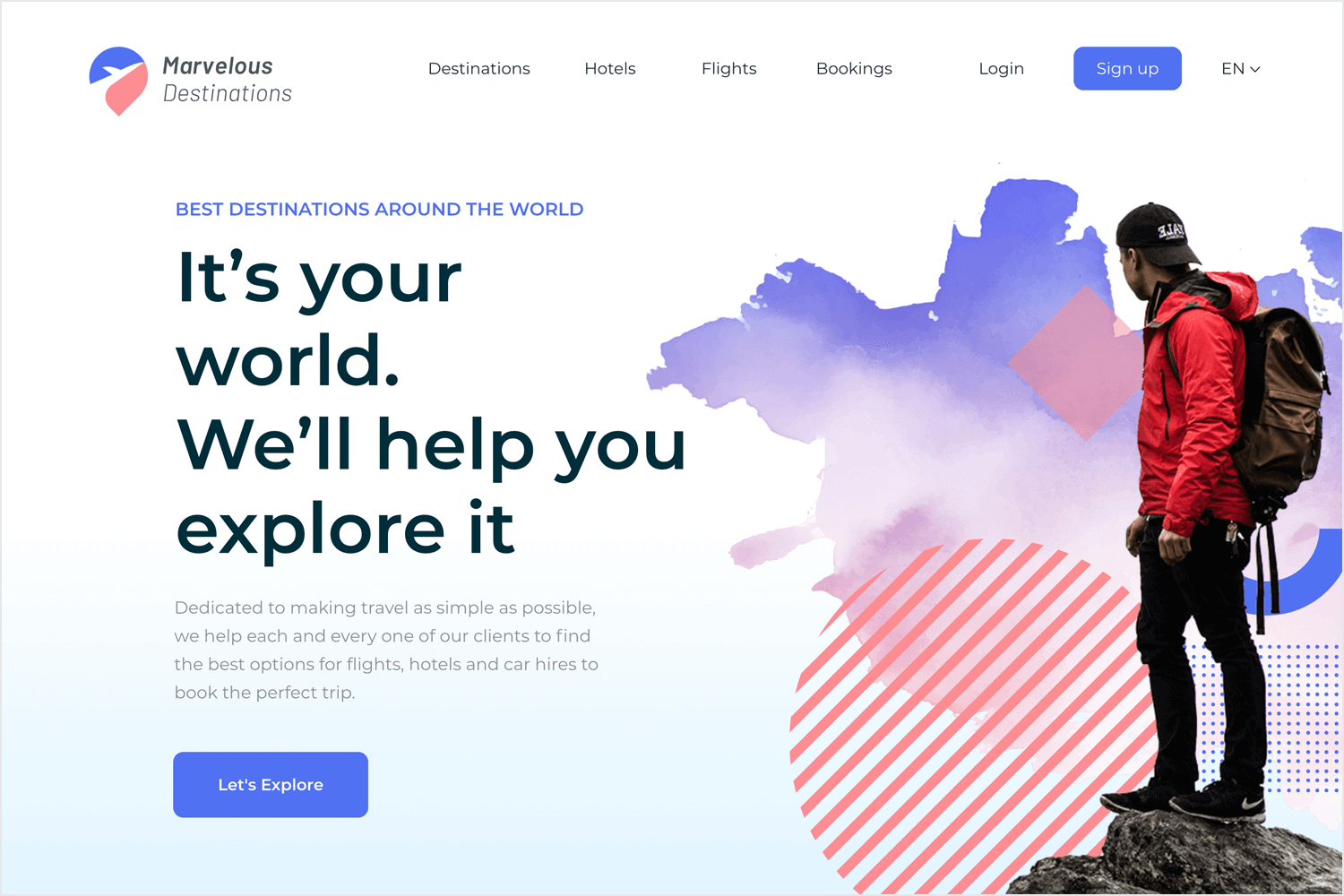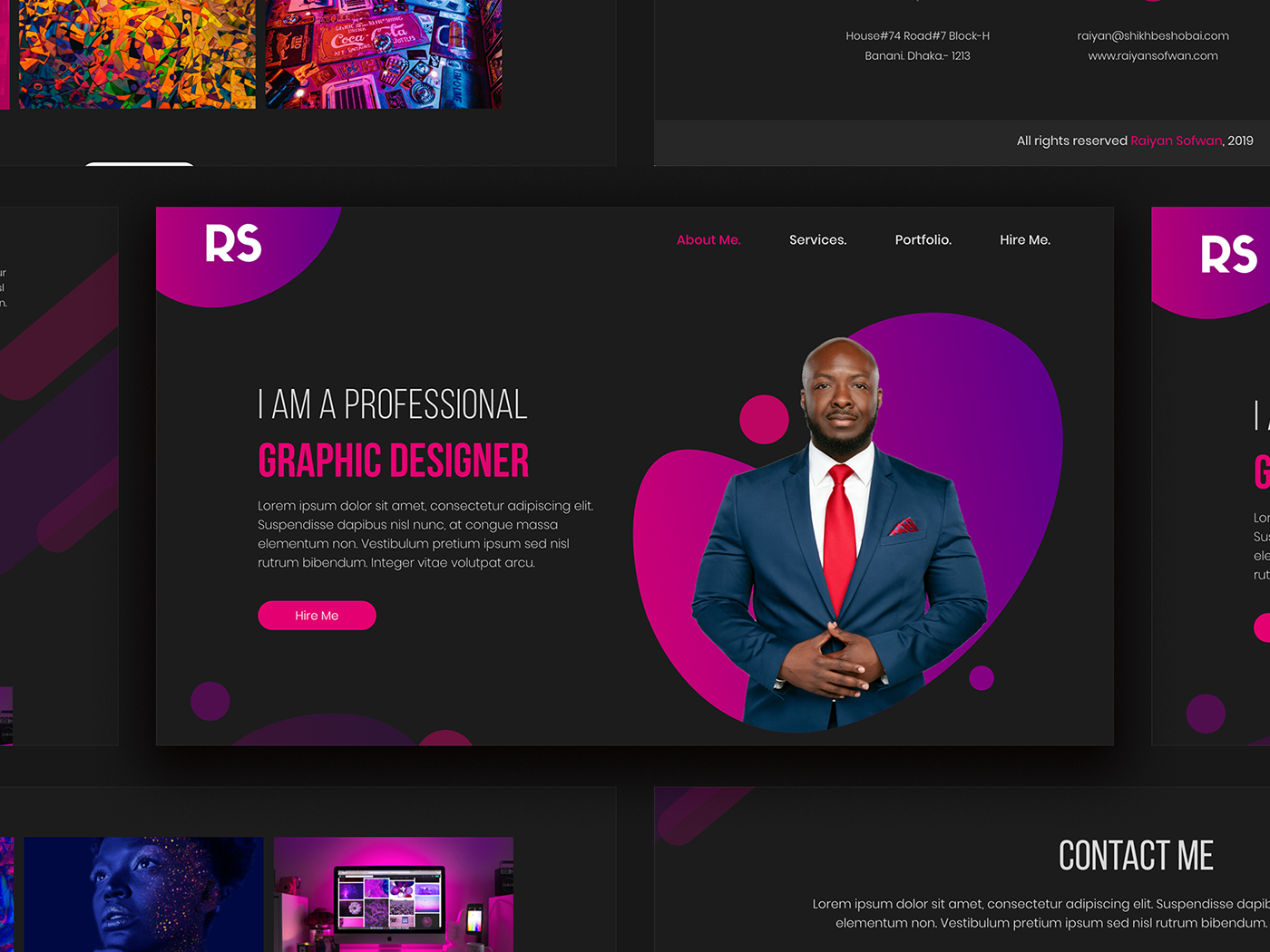Secret Approaches for Carrying Out User-Centric Web Site Design to Boost Involvement
When thinking about the execution of user-centric website style, particular techniques are crucial in boosting interaction. Extensive study into user demands and choices creates the structure, directing the creation of customer personalities to notify layout selections. Intuitive navigation and responsive interfaces are vital, ensuring ease of access throughout all gadgets. Personalizing web content boosts user complete satisfaction, and durable availability attributes expand reach. These methods jointly promote a more significant online experience. However how do these elements integrated effectively, and what sensible actions can be taken to ensure their effective assimilation?
Recognizing User Demands
Recognizing user requirements is an essential step in the procedure of user-centric internet site layout. Techniques such as surveys, interviews, and individual screening can give valuable qualitative and quantitative data regarding exactly how customers connect with the website.
Evaluating this data enables designers to produce comprehensive individual characters that stand for the various sectors of the target market. These characters aid educate layout choices by highlighting details customer objectives and obstacles, assisting the growth of features that attend to these demands properly. In addition, comprehending the context in which individuals operate-- such as their environment, device choices, and time restraints-- can better improve the style method.
Compassion plays an important role in this procedure, making it possible for designers to see the website from the user's viewpoint. By prioritizing user demands, the style process comes to be a lot more focused, avoiding the inclusion of unneeded elements that can clutter the user experience. Inevitably, a deep understanding of user demands contributes in crafting a site that is both functional and purposeful.
Designing Instinctive Navigation
Having actually established a comprehensive understanding of customer requirements, the following action in user-centric web site layout entails developing intuitive navigation. Effective navigation is basic to individual fulfillment, affecting exactly how conveniently users can discover details and complete jobs. To achieve user-friendly navigating, designers should prioritize simpleness and clarity, making certain that the navigation structure is sensible and consistent throughout the website.
Organizing content into a clear power structure is vital. Website Design. Making use of familiar labels and icons can assist customers effortlessly, minimizing cognitive lots and boosting the overall user experience. A properly designed navigating bar should be prominently positioned, permitting users to determine their existing place and conveniently discover various other sections of the website
It is also crucial to include interactive components such as breadcrumbs and search capabilities to aid individuals in navigating complicated sites. These functions supply added paths and enhance the access of web content, dealing with numerous customer choices and habits.
Evaluating navigation with actual individuals is necessary to determine prospective discomfort factors and guarantee functionality straightens with customer expectations. Routine feedback loopholes and iterative improvements can aid preserve a reliable navigating system that adapts to advancing individual needs, inevitably increasing engagement and complete satisfaction.
Developing Responsive Interfaces
Usually, creating receptive interfaces is a crucial element of modern website design, ensuring that sites are accessible and useful across a multitude of gadgets and screen sizes (Website Design). This adaptability is essential in a landscape where users accessibility content via smart devices, tablets, desktops, and laptops, each with differing alignments and resolutions. The main objective of responsive layout is to improve user experience by preserving optimal readability and usability, no matter of the device made use of
To attain this, internet developers use flexible grid designs, fluid pictures, and CSS media inquiries. Adaptable grids permit web site components to resize proportionally, while fluid images guarantee visuals scale appropriately without shedding top quality. Media inquiries play a crucial duty by applying different designs based on the tool's attributes, such as width, elevation, and orientation, hence customizing the design to the customer's display.
Additionally, responsive interfaces add to boosted search engine optimization (SEARCH ENGINE OPTIMIZATION) by offering a smooth customer experience, which in turn can decrease bounce rates and increase site engagement. In recap, taking on responsive style is not merely a technical consideration but a necessary approach for promoting a user-centric internet atmosphere that fulfills the requirements of a varied target market.

Customizing Web Content Experience
Customizing material experience is a vital part of user-centric internet site design that includes customizing web content to fulfill the unique choices and habits of specific customers. This approach not only enhances individual fulfillment however additionally fosters deeper interaction, as visitors are more probable to interact with material that resonates with their demands and passions. By Recommended Reading leveraging data analytics and individual feedback, services can identify patterns and patterns that notify the personalization of internet content.
Integrating customization techniques can range from easy changes, such as suggesting products based on surfing history, to more sophisticated techniques like vibrant material that adapts in real-time to a user's interactions. Individualized landing web pages can significantly raise conversion rates by supplying customers with appropriate information and offers that line up with their previous activities and preferences.
In addition, utilizing man-made knowledge and artificial intelligence can further fine-tune material customization by continuously gaining from customer behaviors and adapting to emerging fads. This not only improves the individual's trip but likewise constructs brand loyalty, as clients really feel understood and valued. Eventually, personalizing the material experience is a vital technique for organizations aiming to develop a more significant and engaging interaction with their audience.
Enhancing Accessibility Functions
Enhancing accessibility functions is an essential element of user-centric internet site layout, ensuring that electronic material is useful by everyone, consisting of individuals with impairments. This technique not only follows lawful standards such as the Americans with Disabilities Act (ADA) and the Web Web Content Ease Of Access Standards (WCAG) however likewise dramatically widens a web site's audience reach. By integrating features like keyboard navigation, display visitor compatibility, and alternative message for photos, sites end up being extra inclusive, providing a seamless experience for customers with aesthetic, auditory, or motor impairments.
Integrating responsive design aspects is critical, facilitating accessibility on numerous gadgets and display sizes, thereby suiting users with different preferences and demands. Contrast proportions and message size adjustments can improve readability for people with aesthetic challenges. Offering concise and clear content framework, such as headings and lists, aids understanding and navigation, especially for users with cognitive handicaps.
Routine accessibility audits must be performed to determine and remedy potential barriers, making certain continued compliance and use. By focusing on ease of access, organizations not just foster inclusivity however also enhance overall individual interaction and satisfaction, ultimately driving greater conversion prices and reinforcing brand loyalty.

Verdict
Integrating user-centric layout approaches considerably improves web site engagement by prioritizing the demands and preferences of individuals. Comprehensive research promotes the development of individual characters, leading targeted design decisions.
Extensive research study right into individual requirements and preferences forms the foundation, guiding the creation of individual personas next to notify layout options. Methods such as surveys, interviews, and user screening can give useful qualitative and quantitative data about just how customers connect with the web site.
By prioritizing user demands, the style process becomes extra concentrated, stopping the inclusion of unneeded aspects that could mess the individual experience. Effective navigation is basic to individual fulfillment, influencing just how quickly individuals can find details and total tasks. The usage of familiar tags and icons can assist individuals effortlessly, minimizing cognitive lots and why not find out more improving the general individual experience.